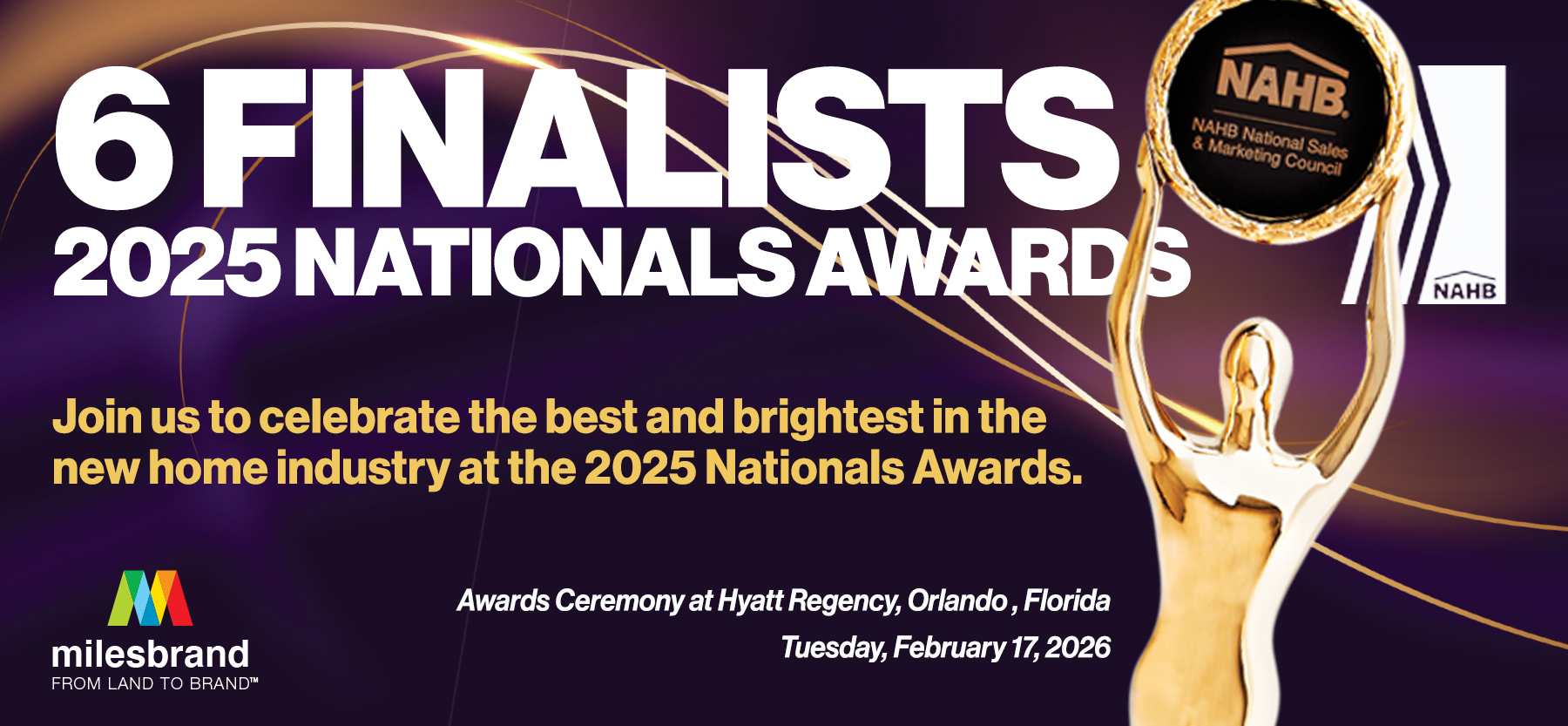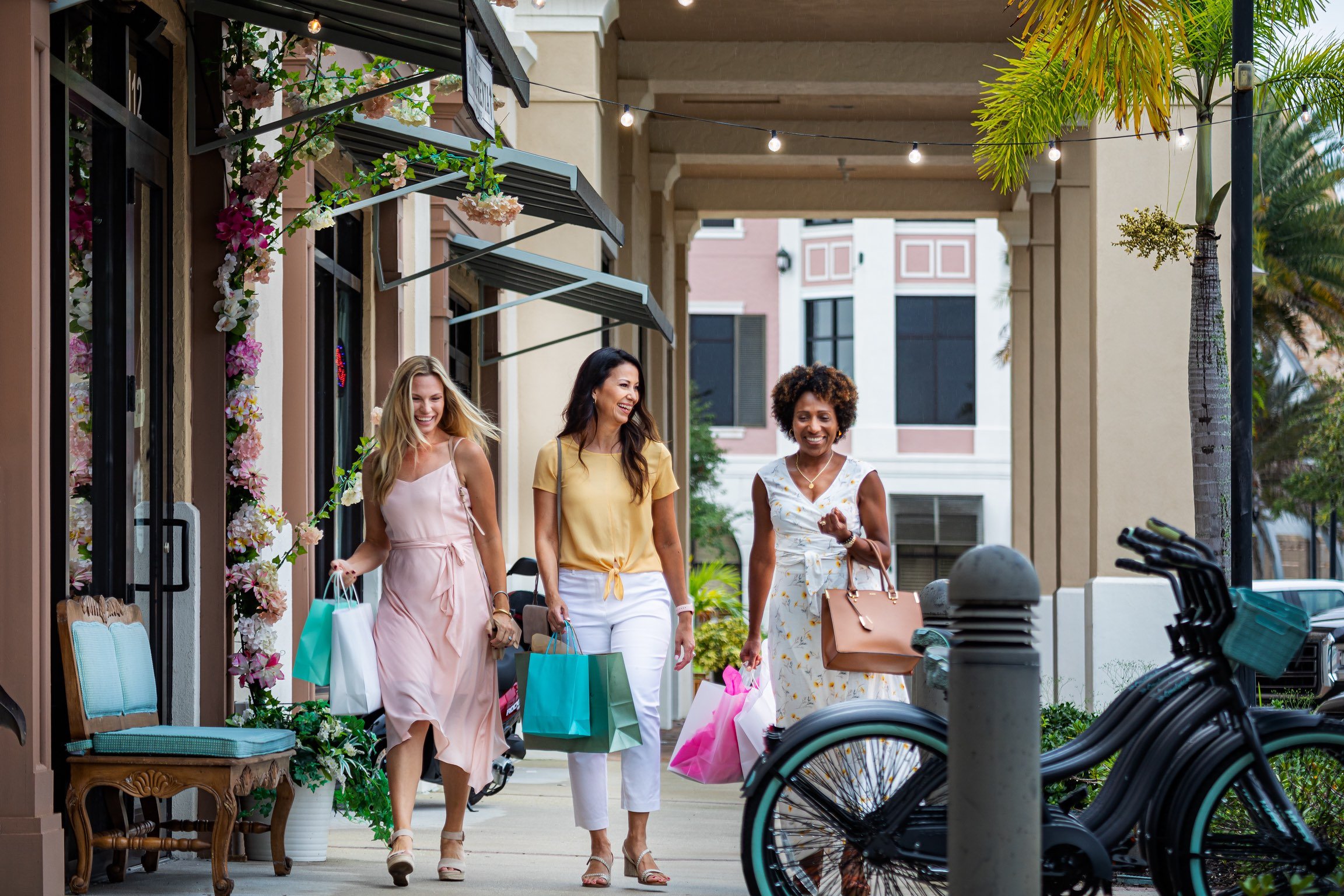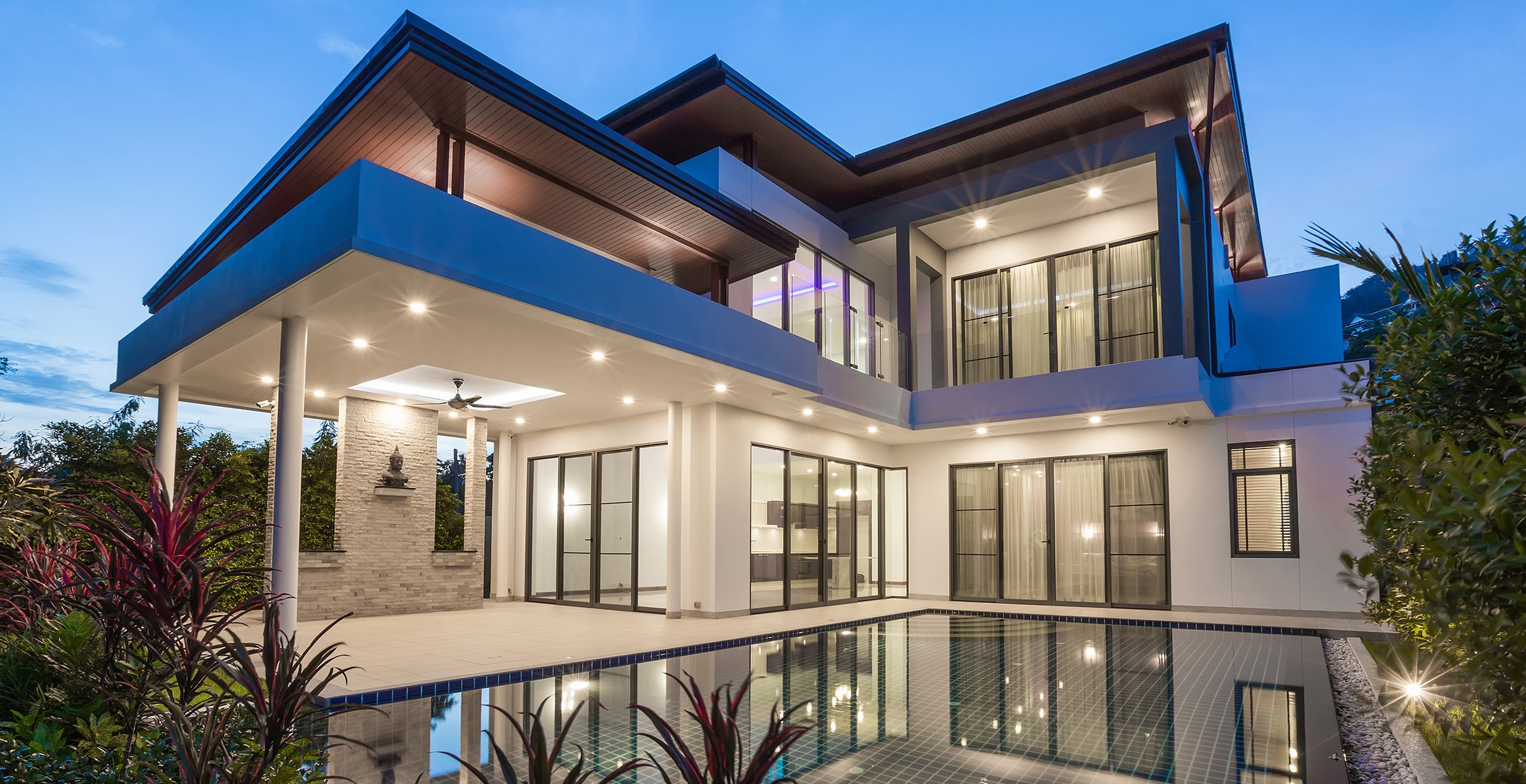April 12, 2021
5 Creative Placemaking Principles Every Land Planner Must Follow
Standing out from your competition requires creativity, but good creativity is the result of deliberate design planning and hard work, not unscripted inspiration. Creating standard, repeatable processes that help your land planning team in their placemaking tasks is the best way to create repeatable success.
After all, a planned community revolves just as much around the shared public spaces as it does the homes in the development. When Ann Markusen and Anne Gadwa wrote Creative Placemaking, they emphasized the importance of creative placemaking as a process that:
"...Animates public and private spaces, rejuvenates structures and streetscapes, local business viability and public safety, and brings diverse people together to celebrate, inspire, and be inspired."
Neglecting this process in your development planning can leave your community lacking these key elements. But building it into your plans from the very beginning will make your community strong and desirable. As you develop your recipe for success, maintain a focus on these creative placemaking principles that can make your planned community stand out from the crowd while still achieving the metrics and return on investment it needs.
1. Places vs. Spaces
An article by The Cultural Courier defines a space by its physical attributes, such as its location, size, composition, and basic function. It then can become a place if it has a meaningful function that community members feel a connection to. While you're planning the layout of your community, it's important to designate as many "places" as possible so there are more features your target market can connect to. Also, as you're organizing your marketing strategies, you can use place-specific descriptions and attributes rather than space-specific ones to better engage with your market.
Make the distinction between spaces and places clear in your creative placemaking, especially for shared public spaces that can be improved by intentional design that features arts and culture. Buildings and public areas can either be places or spaces. Also, every planned community has in-between spaces that fall outside of distinctly residential, commercial, and municipal categories. These spaces, rather than simply becoming medians or empty grassy areas, can become community resources such as small playgrounds, walking paths, areas for community members to gather, and more.
2. Placemaking vs. Designing
It's also important to consider the differences between designing places and intentional placemaking. While you and your team are designing places, you may decide on specifics such as the layout, the materials, the size and capacity, and other physical features of the space that make it optimally functional.
But a placemaking process focuses on how the place will fit into day-to-day community living and how the space represents the community. For example, rather than just choosing materials or certain architectural styles, a placemaking-based design might include regionally unique and local materials, culturally unique styles, and an emphasis on local arts and culture. Similarly, the layout would go beyond safety and accessibility laws to create a space that met the accessibility needs of the community.
Placemaking even includes choosing the right location of the place within the planned development. Rather than a park or playground being isolated in the center of one neighborhood, they might be placed between schools and small commercial centers or regularly throughout residential neighborhoods so they become integrated into daily life. Similarly, community centers would be walkable and accessible throughout the community rather than located in an isolated corner.
3. Collaboration
Land planners should focus on two types of collaboration when integrating creative placemaking into their planning processes: internal and external. Master-planned communities have many teams handling different tasks, all of which come together to create the final community.
But waiting until those final stages come together can make a development feel disjointed or can make the project more costly than it should have been. Throughout every stage of the process, work with researchers, marketing teams, architects, and other team members to effectively discuss what features and places the community needs and how to best integrate them.
No team of land planners and community developments can start a community in a new region without reaching out to the local community, too. Good placemaking is unique to the community's needs, the geography and climate of the area, and the region's history. Not involving local stakeholders puts your community at risk of being stale, inauthentic, or a short-term stop for residents instead of a long-term home.
According to the American Planning Association, "A key element in the creative placemaking process is to have stakeholders, including artists, engaged early in the process." The more artists and cultural organizations from the surrounding community are involved, the more they can help you shape your planned community to be unique, emphasize arts and culture, and create a seamless living space design. External collaborators can include local research firms, architects, and more.
4. Engagement
Properly planning out the location and design of public spaces will make your future residents more engaged with the community. The features of the neighborhoods will become factors in their daily lives and will foster greater interaction, leading to longer-term stays in the development. Instead of just featuring residences and basic neighborhood amenities, master-planned communities need to have places that residents actively enjoy so they don't want to move elsewhere. Creative places that residents enjoy include:
- Community centers
- Parks
- Identifiable neighborhoods
- Recreation resources
5. Impact
Ultimately, well-designed places encourage current and future residents to become long-term residents that enjoy their lives. Good placemaking allows residents to comfortably and happily raise families, do business, and socialize. Focus on the long-term impacts and factors that lead to long-term residency for your master-planned community's area as you research what amenities, features, and places to create.
Partner With Milesbrand for Creative Placemaking
At Milesbrand, we partner with community developers to help them create communities that their target markets can happily call home. We provide marketing and branding support so you can effectively communicate your community's value to your target market. Get started today by talking with our team of experts about your next community project so you can start building trust with your future buyers and community members.













